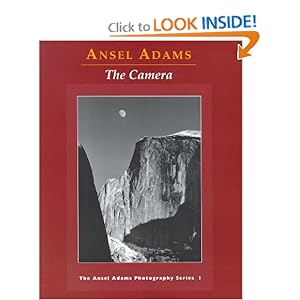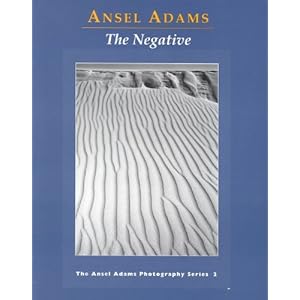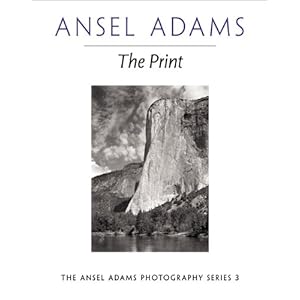I borrowed this book from Toa Payoh Library:
http://www.amazon.com/Confused-Photographers-Photographic-Exposure-Simplified/dp/0966081714
But I am not very smart in figuring out the full detail. Here is what I tried:
1. Picture a scene in greyscale and try to look for the mid-grey (18% pointed out by the book - which is suppose to be what all digital cameras meter for).
2. Point my camera to that area, using spot metering get a reading. Then AE-lock it and recompose the picture and focus. Then snap.
Also, tried:
1. Point camera to a bright area (corresponding to the white in the book's 5 tone scale).
2. Spot meter it, then AE-lock.
3. Bump exposure compensation up by +2. Recompose, focus and snap.
All the above done in "P" mode using ISO 200.
But I don't see any diff in using area metering and just compose and shot leh.
What did I do wrong?
If all the above steps are wrong, then kindly explain what should be done.
Thank you.
http://www.amazon.com/Confused-Photographers-Photographic-Exposure-Simplified/dp/0966081714
But I am not very smart in figuring out the full detail. Here is what I tried:
1. Picture a scene in greyscale and try to look for the mid-grey (18% pointed out by the book - which is suppose to be what all digital cameras meter for).
2. Point my camera to that area, using spot metering get a reading. Then AE-lock it and recompose the picture and focus. Then snap.
Also, tried:
1. Point camera to a bright area (corresponding to the white in the book's 5 tone scale).
2. Spot meter it, then AE-lock.
3. Bump exposure compensation up by +2. Recompose, focus and snap.
All the above done in "P" mode using ISO 200.
But I don't see any diff in using area metering and just compose and shot leh.
What did I do wrong?
If all the above steps are wrong, then kindly explain what should be done.
Thank you.





